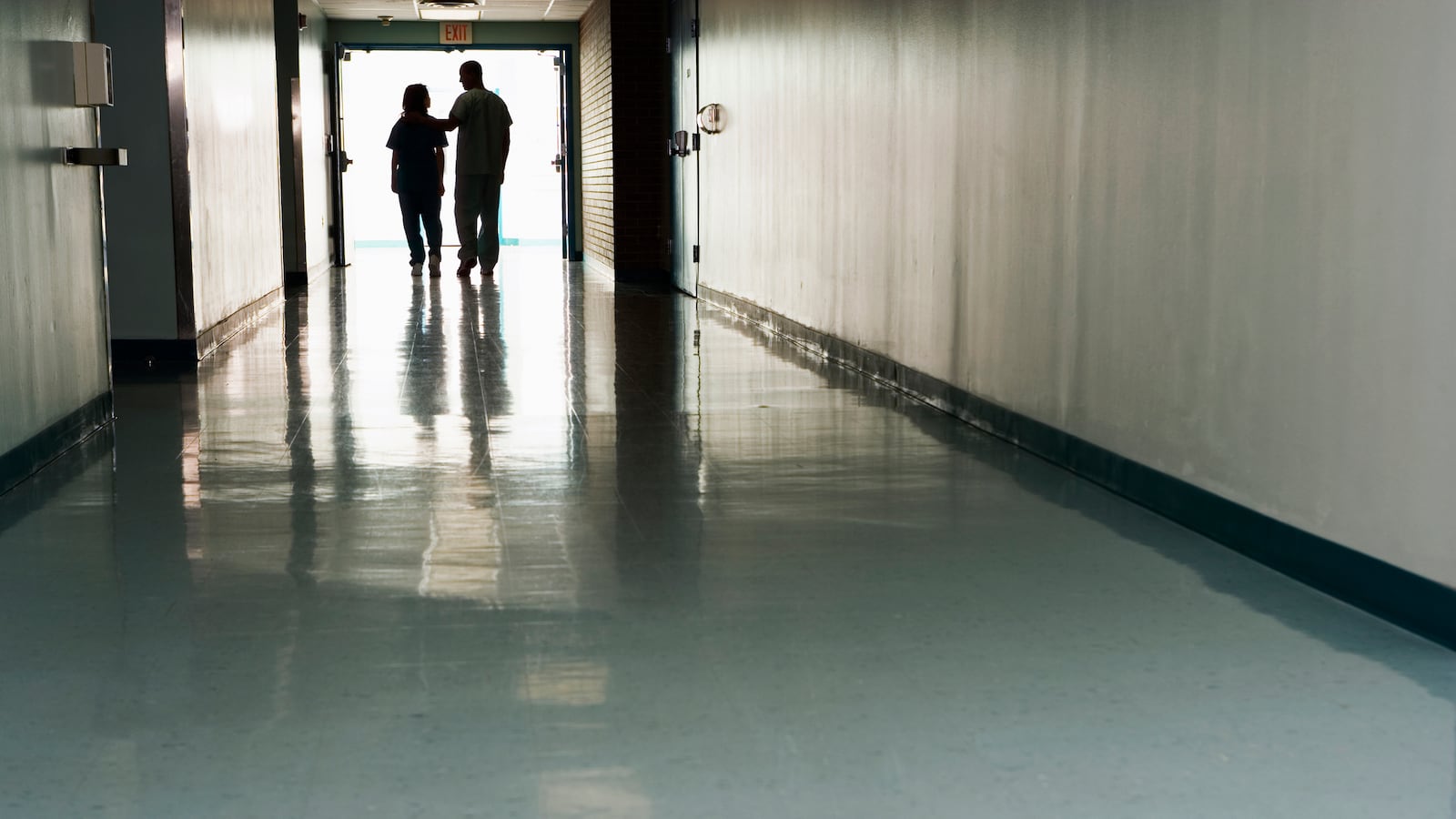
This is how the pregnant teacher nightmare begins: I’m standing in front of my students when my water breaks. It’s a dramatic gush and all 25 horrified teenage eyes are on me. Amniotic fluid pools around my feet and I scream. Then my students scream.
As a high school teacher, I’d frequently worried about my water breaking in class. Or during a fire drill evacuation. Or while proctoring a state test. Or during a soliloquy from “Hamlet.” Or even worse, delivering a baby in front of a room full of gawking teenagers. This fear was only heightened by the thought that a student might document the dramatic event on a smartphone and then post the video on social media. The idea of my labor potentially going “viral” made me rethink my profession on more than one occasion.
I was spared this drama but experienced another — no less intimate.
It’s a situation unique to the pregnant teacher: the eyes of my students trained on me were like hundreds of time-lapse cameras witnessing the growing size of my belly. We interacted in close proximity every day. They couldn’t help but comment, but there is nothing quite as awkward as adolescents questioning you about the occupancy status of your uterus. Girls seemed to sense the pregnancy long before I was ready to announce it to my colleagues, let alone my students. (In retrospect, I should have known, given how quickly they noticed my haircut or my new shoes.) Once I started wearing more loose-fitting tops, there was no holding back.
“Are you having a baby, Mrs. Francis?”
“Well, last I checked, I’m not giving birth at this very moment,” I’d reply.
I heard questions like this daily. Questions about my birth plans, how we were going to decorate the nursery, and my all-time favorite, “Will you name your kid after me?” Seriously? At first, I was completely unnerved by the intrusion, by the need to constantly to redirect or change the subject back to English class.
They were excited for me in a way that I can only describe as giddiness. Like the way you might get excited for a friend who was picked to be on “The Price Is Right.” They wanted all the fun, behind-the-scenes details and couldn’t wait to find out what I had “won.” Their excitement was contagious. So despite my initial horror at their inquisitiveness, their curiosity allowed me to revel in the mystery and joy of pregnancy that my own nerves often robbed me of.
But then everything changed. When I reached the ninth month, my daughter was, without explanation, stillborn. My world imploded. This was not part of my plan. I had planned to deliver a living baby, to care for her at home for the rest of the school year.
I wasn’t sure I could ever return to teaching. How would I face those time-lapsed eyes again? How would I deal with their questioning? Their disappointment? The last time I had stood in my classroom, my daughter had been alive. Now teaching teenagers about fictional characters and the merits of the Oxford comma seemed pointless.
With no newborn to care for, I reluctantly returned to the classroom. To my surprise, I was greeted with hugs and signed cards. They had sent emails that read, “Please come back. We miss you.” Their eyes were warm and welcoming. Their questions weren’t intrusive. All they really wanted to know was if I was going to be okay.
For almost all of my students, my very public loss was the first time they had heard of stillbirth. They didn’t know what to say, but honestly, no one knows what to say when a baby dies. It was a time of painful learning for them and for me. I became the living embodiment of a topic I didn’t want to teach, but one for which I was now heartbreakingly overqualified.
And in the wake of my loss, surrounding myself each day with silly, energetic, angsty, and dramatic teen life became the most ironic form of therapy. It was another reminder of exactly why I love what I do: teenagers, floating in that brackish and murky water that separates childhood and adulthood, can be both blissfully self-absorbed and unbelievably compassionate. All at once.
Kelsey Francis is a teacher, mother, and writer living in Lake Placid, New York. Her writing has also appeared in The Washington Post and in the Modern Love column of The New York Times.
This article was originally published on Modern Loss. For more stories like this one, go to modernloss.com.
About our First Person series:
First Person is where Chalkbeat features personal essays by educators, students, parents, and others trying to improve public education. Read our submission guidelines here.


